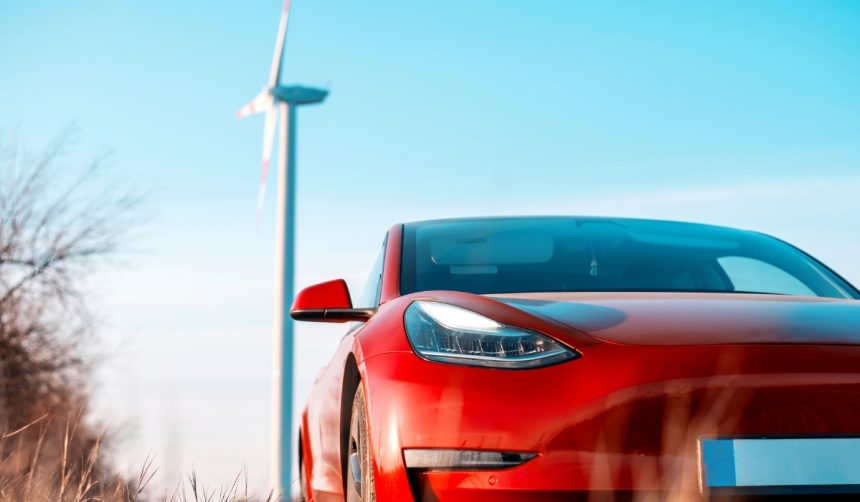Electric vehicles, particularly those manufactured by Tesla, have seen a significant rise in popularity worldwide. Despite their growing acceptance, concerns regarding electromagnetic radiation exposure persist among some consumers. Recent evaluations by the China Automotive Research Institute have addressed these fears, highlighting the robust safety standards incorporated in Tesla’s designs. This development plays a crucial role in enhancing consumer trust and clarifying misconceptions about electric vehicle safety.
Electromagnetic radiation concerns for electric vehicles have been a topic of debate for several years. Previous discussions often centered around the potential health risks posed by electromagnetic fields emitted by EVs. The latest findings reinforce Tesla’s position in the market by demonstrating superior radiation protection compared to both traditional combustion vehicles and other electric models. This progression marks a significant step in mitigating long-standing fears associated with electric vehicle technology.
How Safe Are Tesla’s Electromagnetic Levels?
“Taking Model 3 as an example, the magnetic field strength near the driver and passenger’s head in the car is only 0.08-1.30μT,” Grace Tao, Tesla China VP, stated. These levels are significantly lower than those from common household electric blankets.
What Standards Do Tesla Vehicles Meet?
The electromagnetic radiation emitted by Tesla vehicles is well within the safety limits set by national and World Health Organization standards. During assessments conducted by the China Automotive Research Institute, both the Model 3 and Model Y received five-star ratings of 100 and 98.6 points respectively. These ratings surpassed those of conventional combustion-powered cars and other electric vehicles tested alongside them.
How Does Tesla Achieve Low Radiation Emission?
“Our centralized electronic and electrical architecture reduces the number of wiring harnesses significantly, and we add shielded cables to block 99.9% of electromagnetic field energy. Additionally, the network transmission antenna is installed outside the car, and the Bluetooth transmitter operates at only a few milliwatts,” Tao explained.
The China Automotive Research Institute’s endorsement underscores Tesla’s effective implementation of advanced engineering techniques to minimize electromagnetic emissions. For consumers concerned about potential health risks, Tesla’s measures provide reassurance that their vehicles are designed with occupant safety as a paramount consideration. Continued transparency and adherence to safety standards will likely strengthen Tesla’s reputation and support the broader acceptance of electric vehicles.










